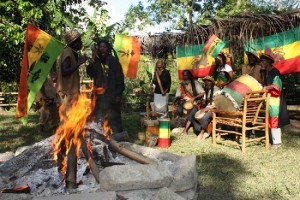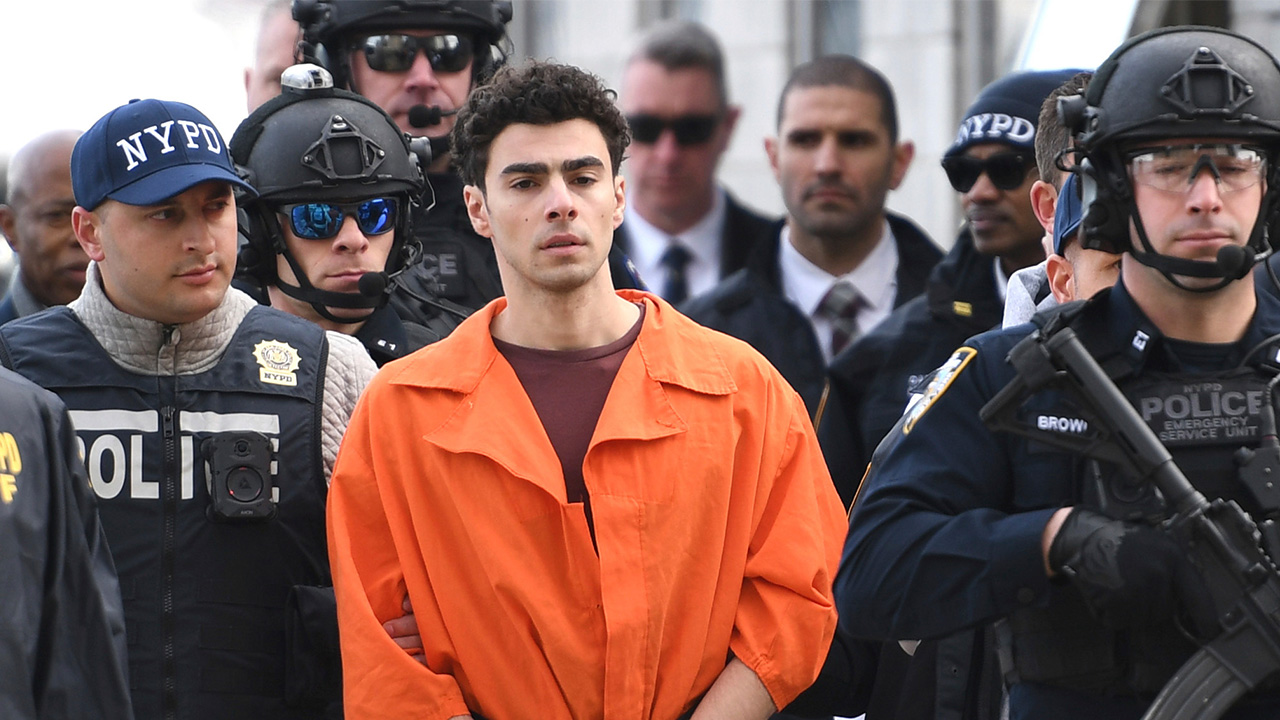(ThyBlackMan.com)
- “Up ye mighty Race”
Pan Africanist Marcus Garvey was born in the parish of St, Ann, the same parish as Bob Marley and Burning Spear. He became a master printer at the age of eighteen. “Africa for the Africans” a term attached to Garvey actually came from Dr. Robert Love who exposed Marcus Garvey to Pan Africanism in the early 1900’s through his newspaper called Jamaica Advocate.
Garvey’s contribution to Pan Africanism was historic. Forming the Universal Negro Improvement Association (U.N.I.A) in Jamaica in 1914, Garvey etched his name in history by leading an organization that at its height included more than five million members worldwide. One of his members was the father of Malcolm Little, later known as Malcolm X. U.N.I.A, the biggest black mass movement of the 20th Century also had a newspaper called the “Negro World.” History has given authorship of the famous quote, “Look to Africa, for the crowning of a Black King; He shall be the Redeemer” to Garvey. This profession that moved Jamaicans to accept a Christian king from Ethiopia as their messiah may not have even been spoken by Garvey but his associate Reverend James Harris during a conference in Madison Square Garden. Regardless of the author, these words influenced the lives of millions. Marcus Garvey did not only influence the Rastafarian movement but generations of leaders and activist from Walter Rodney to Fred Hampton.
- Tafari Makonnen Woldemikael
Born, July 23, 1892 ironically the same date as Robert Nesta Marley’s mother, Cedella Booker, Ras Tafari was crowned Emperor Halie Selassie in 1930. The “prophecies” of Marcus Garvey influenced people in Jamaica to embrace Selassie as the second coming of Christ to liberate Africans from a state of degradation. Selassie claimed direct lineage to King Solomon of the Old Testament though he denied claims of deification Rastafarians bestowed on him. However his denial was a contradiction for while emperor he was also head of the Ethiopian Orthodox Church, which gave him a god-head position much like the pope of the Catholic Church being the vicar of the earth.
Selassie was in self-imposed exile in Britain for five years when Italy invaded Ethiopia, led by Mussolini. During the time of the invasion, Europeans were fighting over possession of African lands; Italy, which was without an African colony of its own, massacred defenseless Ethiopians with advanced technological warfare, slaughtering men, women, children, and the elderly.
Selassie’s famous speech to the League of Nations in June 1936:
https://www.mtholyoke.edu/acad/intrel/selassie.htm
Selassie visited Jamaica in 1966 while also visiting Haiti (Haiti has a street named after Selassie, while Jamaica does not) on the same trip. The historical visit was full of biblical folklore, as it rained most of the day, yet once the Emperor arrived the sun emerged. Rastafarians from the gullies and the hills of Jamaica flooded Palisades Airport to receive a glimpse of their living true God, Rastafari.
Oddly, Garvey disapproved of Selassie’s failure to help the poor citizens of his nation, nepotism of his regime, and his dependence on Europeans for consultation. Regardless of one’s views of Selassie’s reign, one cannot deny his contribution to the modernization of Ethiopia and Africa.
- Leonard Percival Howell
“The Lion of Judah shall break every chain and bring us the victory again and again”
The term “Gong” was made famous by reggae superstar Bob  Marley, but the original “Gong” was Leonard Howell. A Garveyite who is credited with being one of the leading founders of Rastafarianism along with Nathaniel Hibbert and Robert Hinds. Howell was responsible for the early stages of the Rastafarian movement professing a Garvey inspired message of self uplifttment, frowning upon dependence on powers that only wanted to exploit Africans, viewing them as inferior beings. Howell was imprisoned and admitted into a mental institution numerous times for professing Selassie as the returned Messiah. These ideas of self-sufficiency were frowned upon by the plantocracy due to their dependence on the lower class for cheap labor. If the lower class turned their backs on their employers, business would suffer tremendously.
Marley, but the original “Gong” was Leonard Howell. A Garveyite who is credited with being one of the leading founders of Rastafarianism along with Nathaniel Hibbert and Robert Hinds. Howell was responsible for the early stages of the Rastafarian movement professing a Garvey inspired message of self uplifttment, frowning upon dependence on powers that only wanted to exploit Africans, viewing them as inferior beings. Howell was imprisoned and admitted into a mental institution numerous times for professing Selassie as the returned Messiah. These ideas of self-sufficiency were frowned upon by the plantocracy due to their dependence on the lower class for cheap labor. If the lower class turned their backs on their employers, business would suffer tremendously.
- Pinnacle
Howell, trying to create an environment of communal “livity” amongst the Rasta brethren, purchased land in the hills of St. Catherine known as “Pinnacle.” This act was in the tradition of Jamaica’s rebellious movements, from the Maroons to the Baptists (Paul Bogle and Sam Sharpe), who led rebellions and also lived independently of the state. The state had a big problem with citizens unifying and living independent of state governance due to loss of taxes, loss of labor force, and possibility of dissidence. For these reasons Pinnacle was the victim of numerous military raids during which living quarters and crops were destroyed.
- Dreadlocks
Dreadlocks have been worn throughout man’s history by all cultures. The word “dread” derives from Ethiopian warriors who refused to cut their hair until the emperor returned from five-year exile during the Italian invasion. Hence the term ‘dreadlocks’ due to the dreaded appearance of their matted, uncombed hair. The Rastafarian inspiration for the ‘dreaded’ hairstyle derived from Kenya freedom fighters called Mau Mau who engaged in a ferocious guerilla warfare with British imperialists. Rastafarians saw their hairstyles in news clippings, embracing the natural growth of their hair, while also doing away with the European concept of grooming. Later Rastafarians used the Nazarene creed to justify the growth of their precepts.
PLEASE CLICK ON LINK FOR FURTHER READING ON DREADLOCKS:
- Ital is Vital
Rastafarians are known for their strict diet referred to as “ital”. Their diet is often wrongly classified as vegetarian when their diet more reflects the tenets of modern veganism. While over a million people identify themselves as Rastafarians, few follow the true ital diet. The ital diet prohibits the consumption of processed or packaged foods, animal products, salt, alcohol, tobacco products, or coffee. The most disciplined Rastas will not consume water from pipes or bottles nor eat out metal pots, only using calabash (a fruit hollowed and utilized as a natural bowl). This healthy style of eating derived from survival. As multinational companies forced Rastas from their lands in the countryside of Jamaica, they relocated to the crowded slums of Kingston. Due to their religious beliefs and what the establishment viewed as a “dreaded” appearance employment opportunities were scarce; even physicians discriminated against servicing the Rasta man. These warriors viewed by society as ganja-smoking lunatics read ferociously, learning of the medicinal uses of herbs and plants along with preparation of healthy dishes using local foods. The Rastas yearned to be fully independent from the Babylonian “Shitstem” for their livelihood.
- Marijuana
Ganja is the Hindi word for cannabis sativa. This “herb” was brought to Jamaica by Indian indentured servants derogatorily called “coolies.” Indians have consumed ganja for thousands of years as a household remedy and the heightening ones consciousness. Rural Jamaicans adopted these same practices. Despite ganja receiving illegal status in 1938, Jamaicans still smoke and eat marijuana, also brewing it for teas and tonics for its medicinal purposes. The use of ganja or marijuana for Rastafarians is just a continuation of a cultural practice. Original Rastas did not utilize biblical scripture for the justification of the use of herb. These teachings were brought on later in the growth of Rastafari.
- Moritimer Planno
Mortimer Planno was a Rasta elder born in Cuba who held Grounations in the slums of Kingston. He established Ethiopian World Federation Local Chapter 37. Planno was the Rasta representative who assisted the Emperor on his visit, calming the raptured crowd by quoting Bible scriptures. Though criticized by some for his greed and vices, his contribution to the spread of Rastafarianism and growth of reggae music must be acknowledged. Mortimer Planno was Bob Marley’s spiritual leader who groomed Bob Marley into the Rasta faith, instilling teachings that were prevalent in Marley’s music. Mortimer Planno wrote and produced Marley’s classic “Selassie I Chapel” recorded on June 8, 1968. The song was an adaptation of country singer Rex Allen’s “Crying in the Chapel.” Stephen Marley has an updated version called “The Chapel” on his Revelation album.
Despite Marley and Planno’s severed relationship, his influence on Marley played vital role in the development of the “ Tuff Gong.”
- World of Reggae Music
This spiritual music from the impoverished slums of a small colonial island populated with African descendants is the main reason the world is familiar with Rastafarianism. Word, Sound, and Power has mesmerized hundreds of millions of people across the world with its pulsating drum and bass rhythms, coupled with edifying lyrics of love and upliftment for the downtrodden and oppressed of the world. Reggae can be heard from the pubs of London to the barrios of Mexico. This great music is responsible for the world’s understanding of the “ites, gold, and green.” Eric Clapton, Marvin Gaye, Paris Hilton, Mick Jagger, Paul Simon, Amy Winehouse, Stevie Wonder even Eddie Murphy have recorded songs influenced by reggae.
- House Divided
Rastafari sects, much like other religions, differ immensely in ideological beliefs. While some Rastas accept Christ as lord and savior, others denounce Christ. Some Rastas accept the divinity of Selassie while others view him just as a glorious African king. The three main sects of Rastafarianism are the Nyabingi Order, Bobo Ashanti, and Twelve Tribes of Israel.
Nyabingi or Nya, the earliest sect of Rastafari, derived their name from the Ugandan anti-colonial movement against British imperialists that lasted over 20 years. Queen Muhumusa led the people of Kigezi and referred to their movement as “Nyabingi” meaning “Death to Black and White Oppressors.”
Twelve Tribes of Israel was the brainchild of Vernon Carrington, also known as “Prophet Gad” who felt the Rastafarian movement lacked structure. The ideological basis of this sect is biblical, requiring members read a chapter of the Bible every day. Twelve Tribes ideology identified them as the true descendants of Old Testament Patriarch Jacob, believing the Bible holds prophetic truths. Twelve Tribes used reggae as a means of spreading their doctrine, both The King of Reggae Bob Marley and The Crown Prince of Reggae Dennis Brown were once members.
The most militant sect of Rastafari are the Bobo Ashanti. Prince Emmanuel Edwards founded the Bobo in the 1950s. Their lifestyle continues the self-reliant lifestyle Leonard Howell created at Pinnacle. Bobo take a Nazarene vow of poverty, supporting themselves through farming and selling brooms. The brooms are symbolic of sweeping the corruption out of Babylon. This sect has also received their fame by fire brand reggae artists such as Sizzla Kalonji, Capleton, and Anthony B who keep their precepts (dreads) tied in a turban style of the Bobo.
Staff Writer; Linton Hinds Jr.
Official website; http://Livity.info/

















Leave a Reply